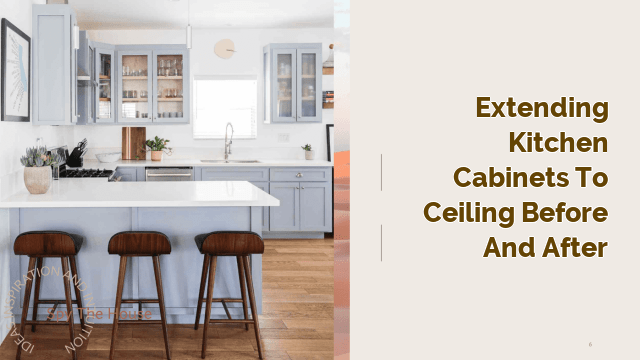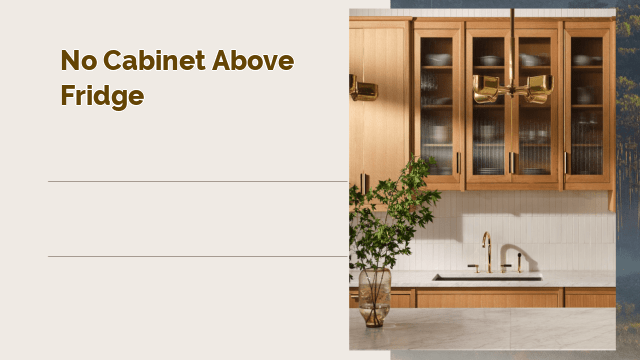How To Rodent-proof Garage Food Storage Cabinets

This comprehensive guide provides advanced techniques and preventative measures to completely rodent-proof your cabinets, ensuring food safety and preventing infestations. Learn how to identify entry points, seal cracks, and choose the right storage containers.
Keywords: rodent-proof garage cabinets, garage food storage, rodent prevention, mouse-proofing, rat-proofing, pest control, food storage containers, garage organization, pest prevention tips, sealing cracks, cabinet repair, rodent exclusion, home pest control, DIY pest control, safe food storage, preventing rodent infestation, garage pest control.
Rodents in the garage are a common nuisance, and when they find access to stored food, the problem escalates significantly. A seemingly insignificant crack or gap can become a highway for mice and rats, leading to contamination, structural damage, and potential health risks. This comprehensive guide will walk you through a multi-faceted approach to completely rodent-proof your garage food storage cabinets, minimizing the risk of infestation and protecting your valuable supplies.
I. Identifying Rodent Entry Points: The First Line of Defense
Table of Content
Before you start sealing and repairing, you need to meticulously identify how rodents are accessing your cabinets. This requires a thorough inspection of the entire cabinet structure and its surrounding environment.
-
Related Article How to rodent-proof garage food storage cabinets
- modern light maple kitchen cabinets
- White Cabinets Gray Floor: A Timeless and Beautiful Combination
- pale grey light grey kitchen cabinets
- Gray Granite Countertops with White Cabinets: A Perfect Combination
- green cabinets black countertops
Visual Inspection: Carefully examine the cabinet itself, looking for any cracks, gaps, or holes in the walls, doors, or base. Pay close attention to areas where pipes or wires enter the cabinet, as these often provide easy entry points. Use a flashlight to illuminate dark corners and crevices.
-
Droppings and Tracks: Look for evidence of rodent activity, such as droppings, gnaw marks, or tracks. These signs will pinpoint areas of high rodent traffic and help you identify potential entry points. Fresh droppings indicate an ongoing problem.

-
Exterior Inspection: Don’t limit your inspection to the cabinets themselves. Check the surrounding walls, floor, and ceiling of the garage for any cracks or gaps that rodents could use to access the cabinets. Look for holes around pipes, vents, and electrical conduits. Consider the foundation – cracks in the concrete can provide access.

Cabinet Placement: The placement of your cabinets also matters. Are they positioned against a wall that shares space with the outside? Are there gaps between the cabinets and the wall? These need to be addressed.
-
Door Seals: Inspect the seals around the cabinet doors. Are they intact and airtight? A poorly sealed door is an open invitation for rodents.

II. Sealing Cracks and Gaps: Effective Exclusion Techniques
Once you’ve identified all entry points, it’s time to seal them effectively. The choice of sealant depends on the size and location of the gap.
-
Small Cracks and Gaps (<1/4 inch): For small cracks, use a high-quality caulk designed for exterior use and rodent resistance. Look for caulk specifically labeled as "paintable" if you plan to paint the cabinets afterward. Apply a generous bead, ensuring complete coverage and a smooth, even surface. Allow the caulk to dry completely before proceeding.
-
Larger Gaps (1/4 inch – 1 inch): Larger gaps require a more substantial solution. Steel wool can be stuffed into the gap before applying caulk. This creates a physical barrier that rodents will struggle to chew through. Alternatively, you can use expanding foam sealant, but be aware that this can be messy and requires careful application. Trim any excess foam once it has dried.
-
Holes and Larger Openings (>1 inch): For larger openings, you might need to use metal mesh or sheet metal to create a more robust barrier. Cut the metal to fit the opening, securely fasten it in place with screws or bolts, and then seal around the edges with caulk.
-
Pipe and Wire Entry Points: Rodents can easily squeeze through gaps around pipes and wires. Use expanding foam sealant or specialized rodent-proof grommets designed for these applications. Ensure the sealant or grommet completely fills the gap and creates a tight seal.
-
Foundation Cracks: Repairing foundation cracks is crucial, especially if rodents are entering through them. Contact a professional contractor for significant cracks; smaller cracks can often be repaired using concrete patching compound.

III. Choosing the Right Food Storage Containers: A Multi-Layered Approach
Even with perfectly sealed cabinets, using appropriate food storage containers is essential. Rodents are resourceful and will exploit any weakness.
-
Airtight Containers: Opt for airtight containers made from durable materials such as heavy-duty plastic or glass. Avoid flimsy containers that rodents can easily chew through. Choose containers with secure lids that create a tight seal.
-
Metal Containers: Metal containers offer excellent rodent protection, particularly those with tightly fitting lids. They’re durable and less likely to be damaged by rodent gnawing.
-
Vacuum-Sealed Bags: For items that you don’t need immediate access to, vacuum-sealed bags provide an extra layer of protection. This removes air, making it difficult for rodents to access the food.
-
Proper Labeling and Organization: Clearly label all containers with the contents and date. This helps with inventory management and ensures you use older items first, minimizing waste and reducing the amount of food stored long-term. Organize your cabinets efficiently, leaving no gaps or spaces where rodents could hide.
IV. Maintaining a Clean and Rodent-Free Garage Environment
Regular maintenance is key to preventing rodent infestations.
-
Regular Cleaning: Regularly sweep and clean your garage, removing any food scraps, debris, or clutter that could attract rodents. Pay particular attention to areas around cabinets and storage areas.
-
Trash Disposal: Dispose of trash regularly and securely. Use heavy-duty trash cans with tight-fitting lids to prevent rodents from accessing the garbage.
-
Eliminate Water Sources: Rodents need water to survive. Eliminate any standing water or leaks in your garage. Repair dripping faucets or leaky pipes promptly.
-
Exterior Landscaping: Keep grass and vegetation trimmed away from the garage walls. Rodents often use vegetation as cover to approach buildings. Store firewood away from the garage to prevent rodents from nesting near your cabinets.
-
Professional Pest Control: If you have a persistent rodent problem, consider contacting a professional pest control service. They have the expertise and tools to identify the source of the infestation and implement effective control measures. They may use traps, bait stations, or other methods to eliminate the rodents.
V. Advanced Techniques for Extreme Rodent Protection
For particularly vulnerable areas or severe infestations, consider these advanced techniques:
-
Metal Sheeting: Line the back and sides of your cabinets with metal sheeting to create a complete barrier against rodent entry.
-
Concrete Board: Consider using concrete board to construct or reinforce cabinet walls, providing a virtually impenetrable barrier.
-
Rodent-Proofing Sealants: Invest in specialized rodent-proof sealants that are specifically designed to withstand gnawing and chewing.
VI. Regular Inspection and Monitoring
Even after implementing all the above measures, regular inspection and monitoring are crucial. Check your cabinets and the surrounding area regularly for any signs of rodent activity. Early detection can prevent a minor problem from escalating into a major infestation.
By following these comprehensive steps, you can significantly reduce the risk of rodents accessing your garage food storage cabinets. Remember, a multi-layered approach combining effective sealing, appropriate storage containers, and a clean garage environment is the most effective strategy for long-term rodent prevention. Regular inspection and vigilance are key to maintaining a rodent-free garage and protecting your stored food.






